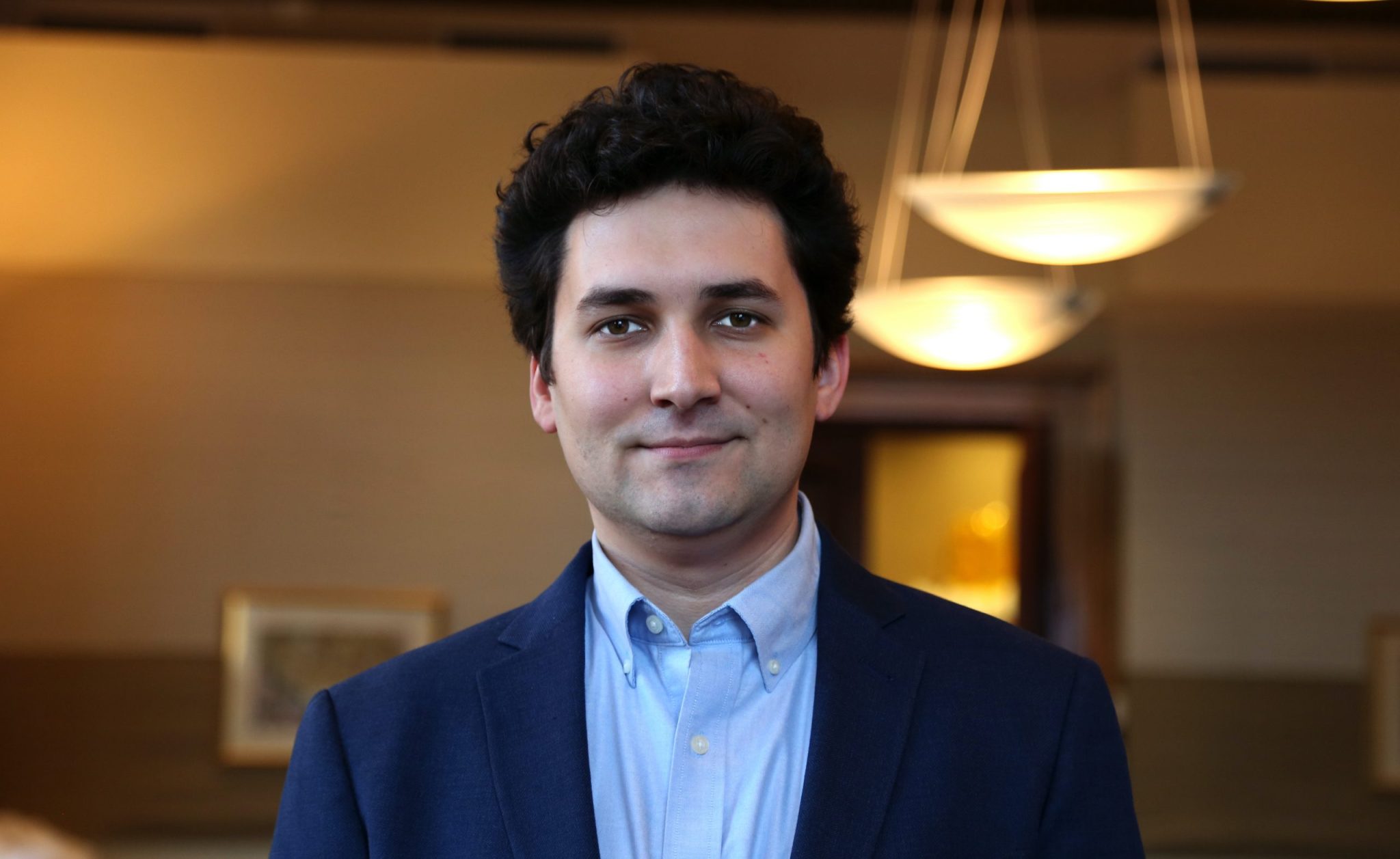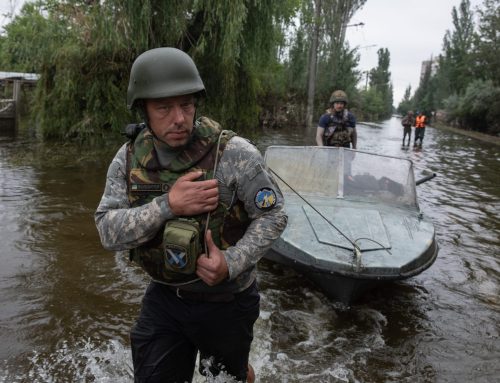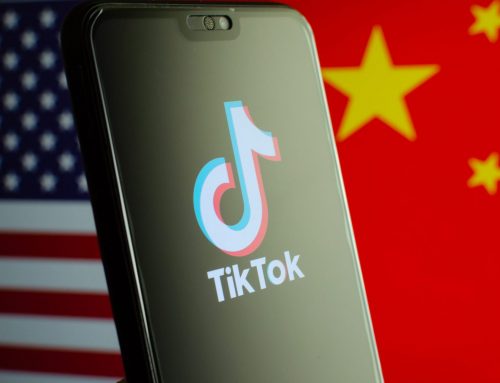Amid heightened tensions in eastern Ukraine, Russian state media and diplomats last week reupped their usual narratives about the conflict: blaming Ukraine for the situation, suggesting that Russia poses no threat (but hinting that Russia could intervene for humanitarian reasons), criticizing Western media coverage of the conflict as biased, and implying that the United States is openly supporting far-right groups in Ukraine. As expected, Russian diplomats last week continued their commemoration of cosmonaut Yuri Gagarin and the 60th anniversary of his spaceflight on April 12, 1961 (relevant hashtags included #FirstInSpace and #gagarinpeacetour). The event and Gagarin himself were a massive soft power success for the Soviet Union, and subsequent events like Gagarin’s world tour retain that effect in modern messaging, including in state media coverage of commemorative statements from various international astronauts and space exploration figures. Of minor note was the intrusion of the Big Tech censorship narrative into this outpouring of positivity, with some state media highlighting Facebook’s blocking of an online RT broadcast related to the anniversary. Finally, Russia maintained its usual promotion of the Sputnik V vaccine last week, including touting the vaccine’s efficacy and reported global interest in it. Some content featured continued claims about alleged efforts to discredit the Russian vaccine or delay its approval in Europe. State media also highlighted political controversies surrounding the prospect of vaccine passports.
On the China dashboard, Xinjiang was still the most mentioned topic by Chinese officials and diplomatic accounts on Twitter last week. “Xinjiang” was mentioned three times as often as “Covid19,” the second most mentioned topic by those accounts. CGTN last week also released the fourth installment of a documentary, “The War in the Shadows: Challenges of Fighting Terrorism,” which focuses on China’s counter-terrorism policies in Xinjiang and was widely shared on Twitter by Chinese diplomats in Europe, Asia, the Gulf, and North America. Chinese apologists were keen to stress that many people from different backgrounds agreed with their propaganda. In particular, MFA spokesperson Hua Chunying quoted content from a “senior CIA officer,” a “former FBI staff,” and a British influencer to argue that criticism of China’s human rights abuses in Xinjiang is disingenuous and ill-intentioned. In that same vein, state media employee Chen Weihua used a very short excerpt from a Brookings Institution event to misrepresent a CNN journalist’s point about the United States’ posture towards Xinjiang. As in previous weeks, the Chinese propaganda apparatus’ defense of the CCP’s human rights abuses in Xinjiang was also accompanied by heavy criticism of wrongdoings, past and present, committed by the democracies now criticizing Beijing. MFA spokesperson Zhao Lijian led the charge last week with a list of five sins, ranging from “double standards” to “genocide,” committed by the United States over the course of its history. China’s ambassador to ASEAN reproduced the tweets to some (moderate) effect. Zhao also went after the United States’ “bio-military activities,” using U.S. research labs as a jumping off point to repeat disinformation about Fort Detrick being the source of the coronavirus outbreak. Meanwhile, Chinese state media continued their coverage of anti-Asian racism in the United States. CGTN’s most viewed video of the week on YouTube was “Chinese American comedian Joe Wong on the plight of Asian Americans.” And the most shared CGTN article of last week on Facebook was “Another season of hate towards Asian Americans in the U.S.” Finally, Japan’s announcement that it would be releasing the radioactive waters from Fukushima’s nuclear incident into the Pacific Ocean predictably attracted Chinese diplomats and state media’s attention. CGTN’s fourth most viewed YouTube video of the week was “China calls for Japan on wastewater of Fukushima cautiously,” and China’s ambassador to ASEAN warned that the nuclear incident had already had a “profound impact on marine environment.” The Chinese propaganda apparatus’ relatively subdued reaction will likely grow fiercer should Japan make decisions that go against the CCP’s current interests (mainly Xinjiang, Hong-Kong, or Taiwan) in the coming weeks.
The Iran nuclear agreement remained the top issue covered by Tehran-linked media and diplomatic accounts by a wide margin last week, with 181 mentions of the #JCPOA compared to 81 mentions of #COVID, the next most popular hashtag. This was mostly due to the resumption of P4+1 talks in Vienna. Foreign Minister Zarif laid out the Iranian position once again, including his demands that the United States return to compliance before Iran. Racism in the United States was again a top topic, as PressTV covered the release of the American Library Association’s annual list of challenged books, noting that books discussing racism are among the most frequently objected to. While coverage of the Derek Chauvin trial was mostly factual (though often hyperbolic), PressTV once again reiterated the politically fraught and mostly misleading claim that U.S. police officers are trained to use chokeholds by Israeli special forces. Finally, last week saw an uptick in coverage condemning or criticizing U.S. and European vaccines as unsafe. This included a PressTV story playing up the blood clot risk for the AstraZeneca vaccine. Other stories emphasized “serious reactions” to the Pfizer and Moderna vaccines, while one reported (seemingly accurately) that 40 percent of U.S. marines are refusing to be vaccinated. These narratives were published against the backdrop of Iranian officials proclaiming that “only domestic vaccines” will solve Iran’s vaccination needs. The incident at the Natanz nuclear facility fell outside the studied period and will thus be covered in next week’s toplines.
The views expressed in GMF publications and commentary are the views of the author alone.








